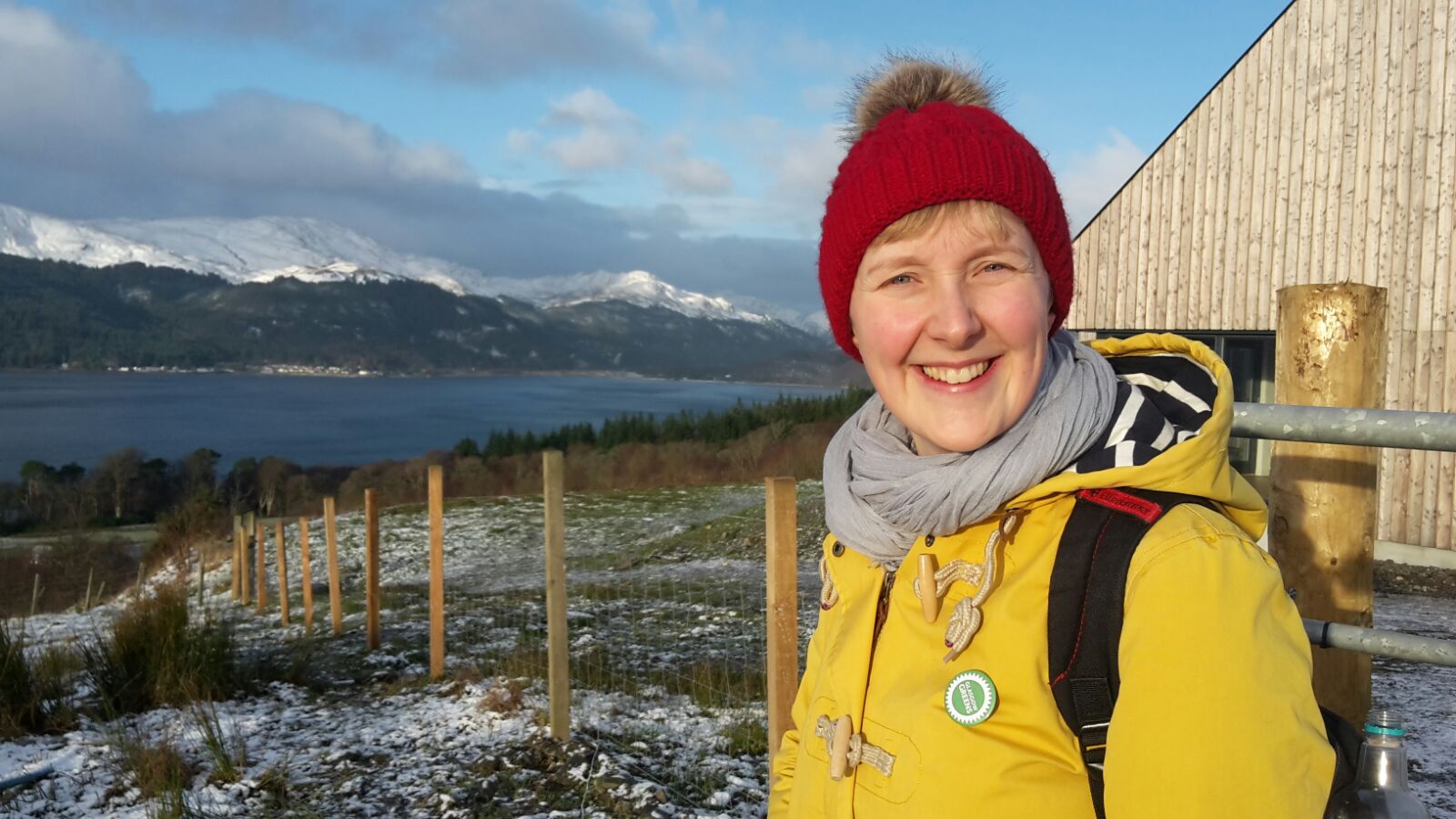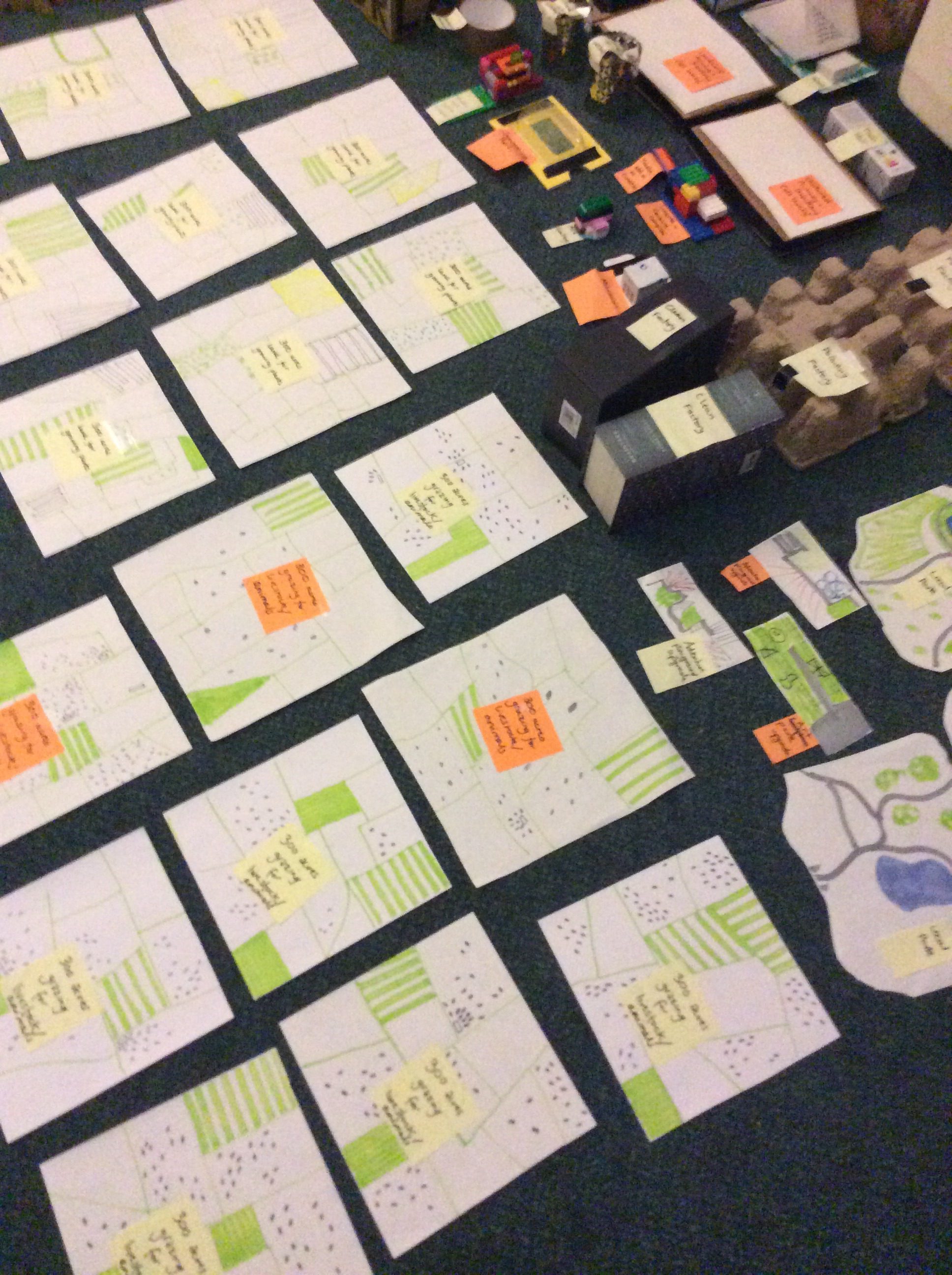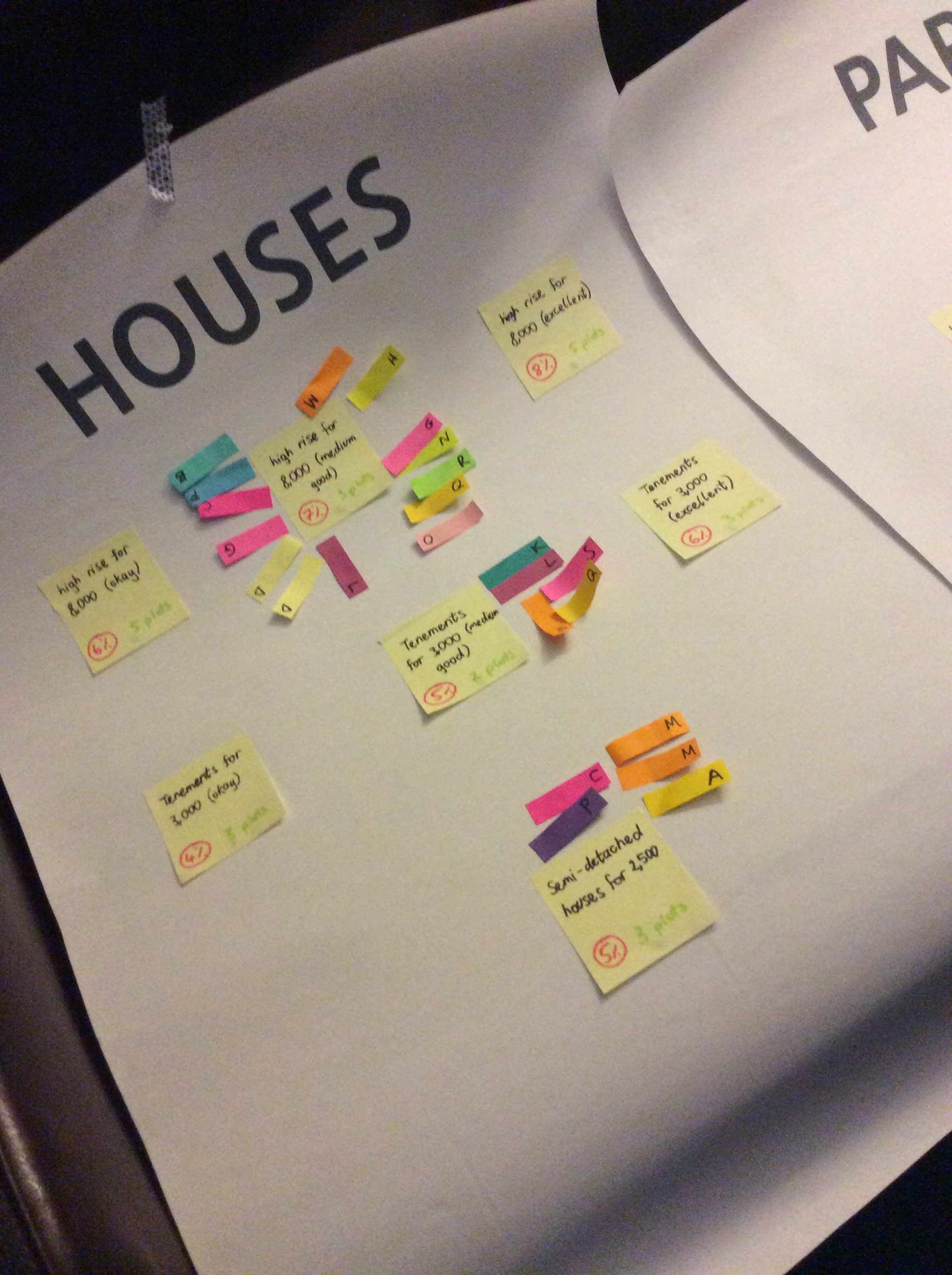Ahead of a series of special workshops with the young and old of Cumbernauld, we asked our three resident artists to introduce themselves and share their thoughts on how they’d approach the questions they’ll bring to local people. Theatre maker Ishbel McFarlane’s new performance/game Plan invites audiences to construct a town in much the same way as New Town planners were asked to. This will be the starting point for our residency work.
Ishbel has prepared a special activity to get people of all ages thinking creatively about Cumbernauld (or anywhere!) – check it out on our Education Blog.
‘We were our own thing…’

I was born and brought up in Kinross-shire, which is between Edinburgh and Perth. A major part of being from Kinross when I was wee was that we weren’t either Perthshire or Fife. It’s only a wee county and we often got lumped in with our more famous regional neighbours – but we were our own thing! Kinross-shire is bounded in by low hills in each direction, but is flat in the middle, like a bowl. That’s how the wee burn that runs past our house got it’s name: it is called the Queich, from the Gaelic word ‘quaich’, which means bowl.
Kinross is quite a plain looking wee place, with industrial-rural life around us. In the war the land that I grew up on was used as an airfield, and after the war it was never turned back to farmland, so there were crumbly, concrete roads going across the fields on my grandpa’s farm where we lived. The Ministry of Defence also cut down dozens of beautiful big trees. When I was wee I wondered what it would have been like to have them still. Then, when I was about 11, T in the Park came and started to use the old airfield for the annual music festival. That was a massive thing for us, not only because it happened on our farm, but because suddenly most young people in Scotland had actually been to where I was from, the very fields where I tried to learn to ride a bike!
My favourite projects at school involved looking at the history of the area around us. Kinross is next to Loch Leven, and in pre-historic times the people of Kinross built their houses on stilts out into the loch as crannogs. I thought that was just amazing! An archeologist from the town came to our class and told us about the wooden stilts that were still visible under the water. The very first history of Scotland was written on Loch Leven, and a few centuries later, Mary Queen of Scots was imprisoned there. Learning about that history – some ancient, some very old, some very recent – hugely influenced how I felt about Kinross. It’s probably why I was so sure that Kinross wasn’t just part of somewhere else. Kinross-shire is not spectacular like the Highlands, or bustling with activity like the cities, but it is my favourite and I feel rooted in there.


Share this Post
